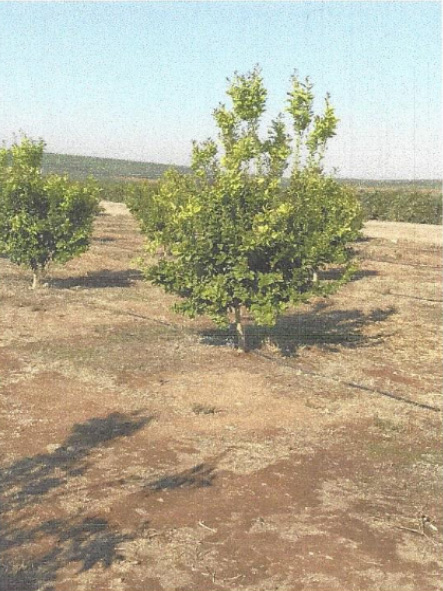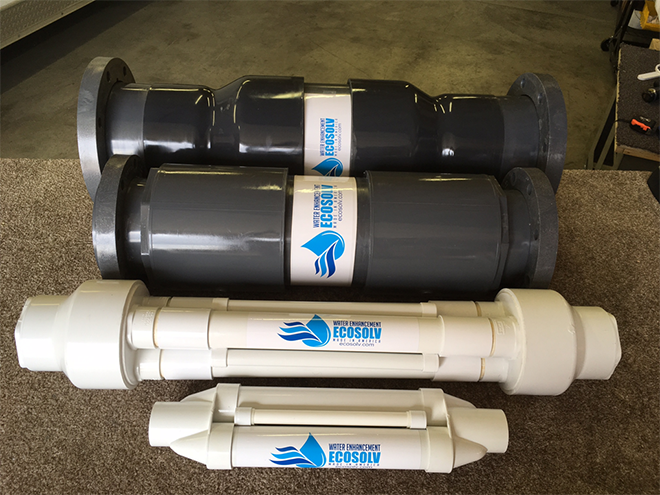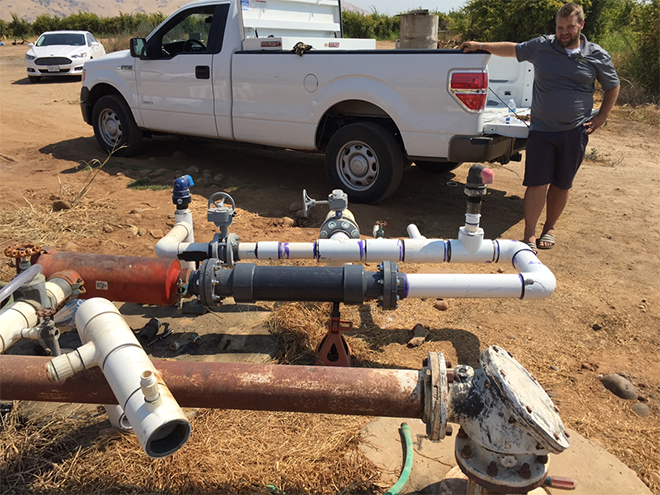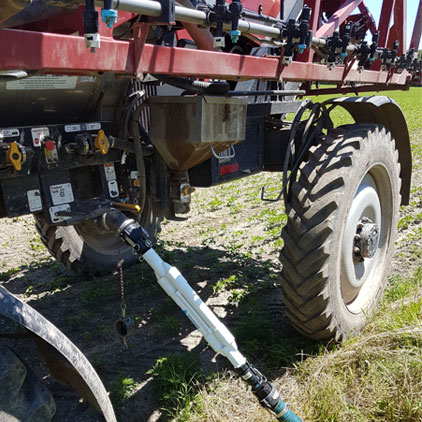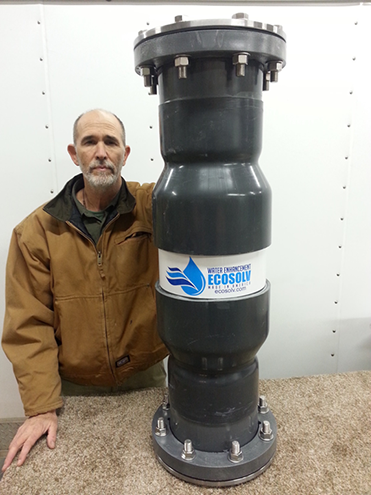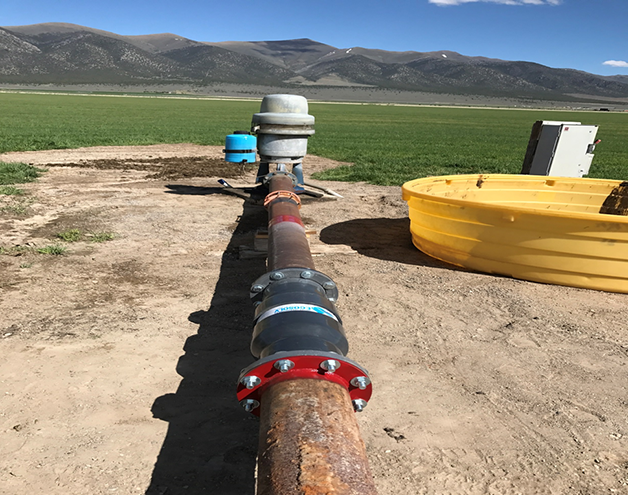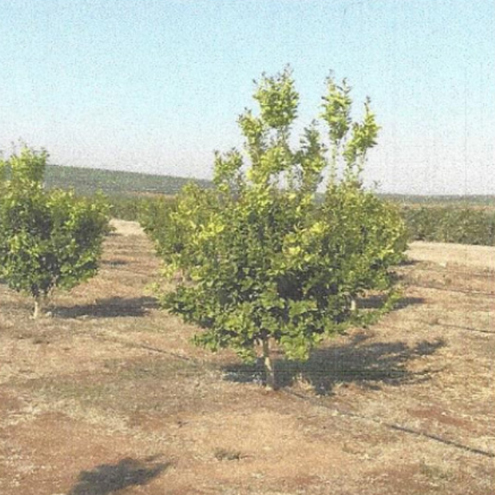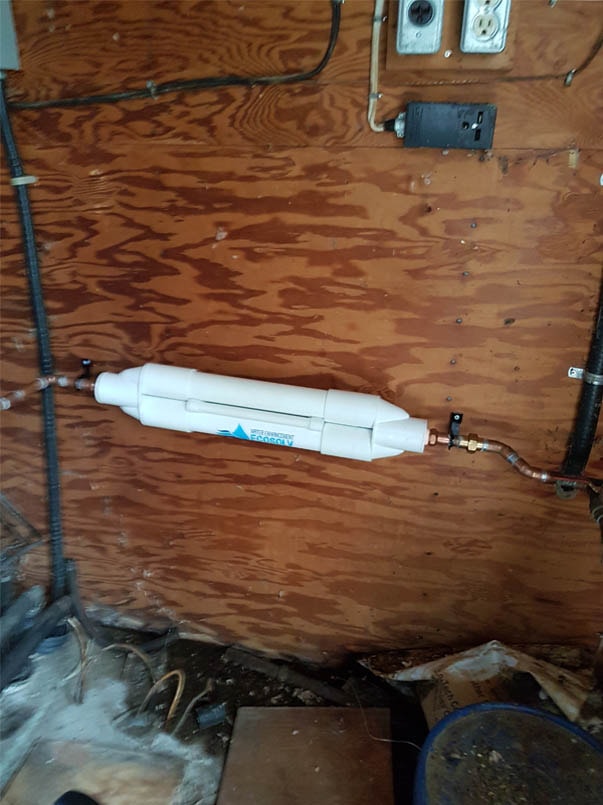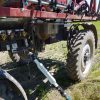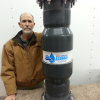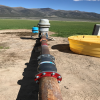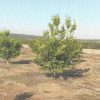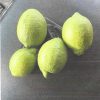The ecoSolv Water technology addresses the fact that water molecules have polarity, which causes them to attract and form large ´clumps´ of molecules. The ecoSolv Water Device produces a powerful dual action (vortex and resonance) that temporarily breaks down the naturally-occurring clumps of water molecules into much smaller “pieces”, almost to a molecular level.
These smaller pieces of water flow more readily through the system pipes and nozzles and, when they reach the ground, percolate more rapidly into the soil. Most importantly, they are more readily absorbed by the roots of the plants, meaning less water and fertilizer (in the water) manage to bypass the roots and be wasted. In other words, the treated water is more “bio-accessible
In the case of irrigated crops, farmers report a triple cost savings, namely:
- 20% to 25% reduction in water applied, which also means a
- 20% to 25% reduction in energy used to pump water; and
- 20% to 25% reduction in fertilizer required. (In fact, reducing the amount of fertilizer applied is mandatory to avoid a ‘chemical burn’ of crops.)
Yield enhancement.
- Even with reduced water and fertilizer, crop yields are as good or better.
- New fruit tree, for example, begin producing a year early and bear larger fruit.
Scaling / salt rings.
- ecoSolv-treated water eliminates the buildup of mineral deposits on spray nozzles, saving hours of maintenance, and purges harmful salts from soils.
Other benefits:
- Thanks to improved water flow, pumps work more easily and use less energy.
- The ecoSolv Water Device itself requires no separate electrical installation and uses no chemicals. It is completely maintenance-free.
In the case of poultry: Animals tend to be healthier. Poultry farmers report:
- Lower losses during the production cycles.
- Elimination of strong ammonia odor in their facilities.
Testimonial –
Lemon Farm in Central Valley California
The Chad Anderson Farm, located in the Central Valley of California, installed a 4-inch ecoSolv Water Device in May 2016 at the time he planted a new 10-acre lemon grove near Sanger, CA with 18-inch saplings. The trees have grown noticeably faster than those of his neighbors and bore a first significant crop of lemons after just two and a half years. As of July 2019, the trees stand 15 feet tall (see photo), being comparable to lemon trees elsewhere that are 4 or more years old.
